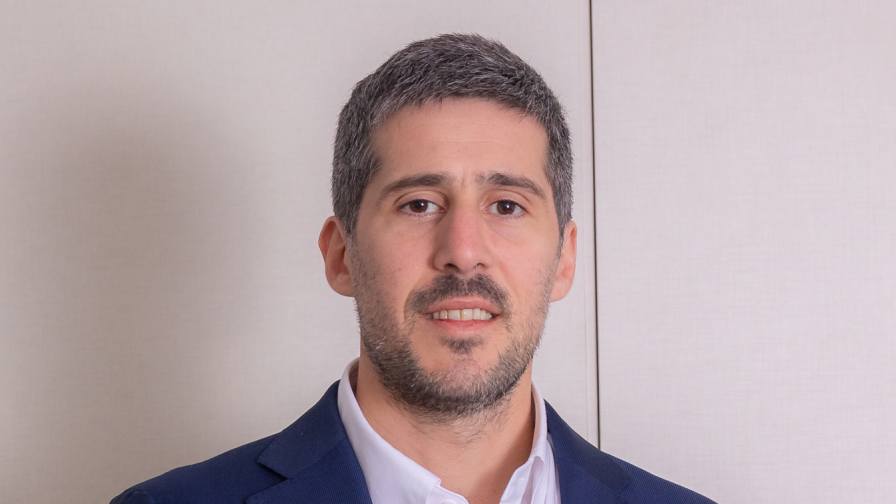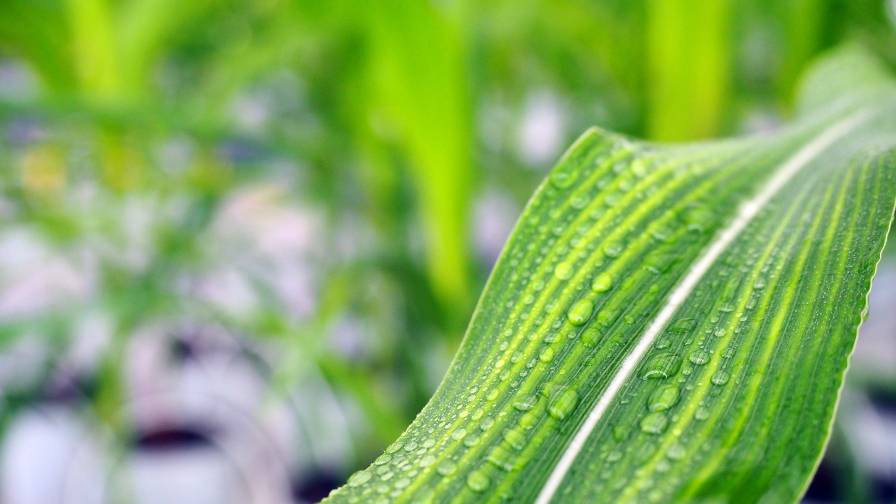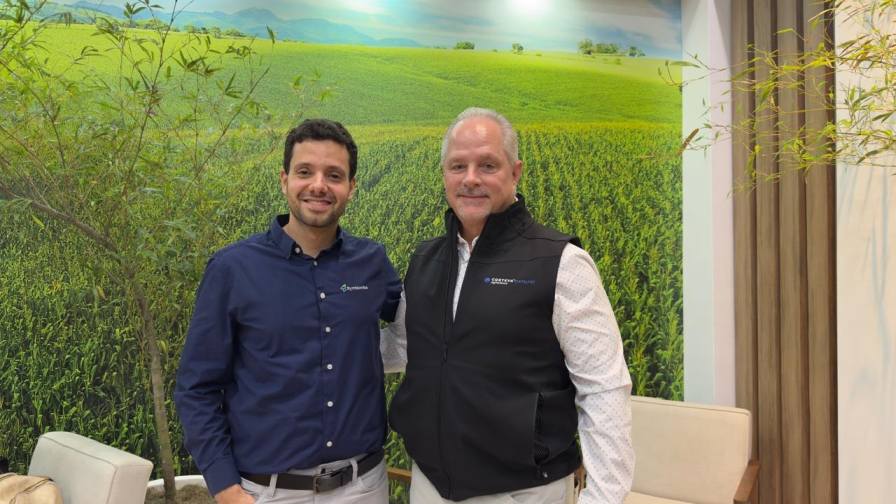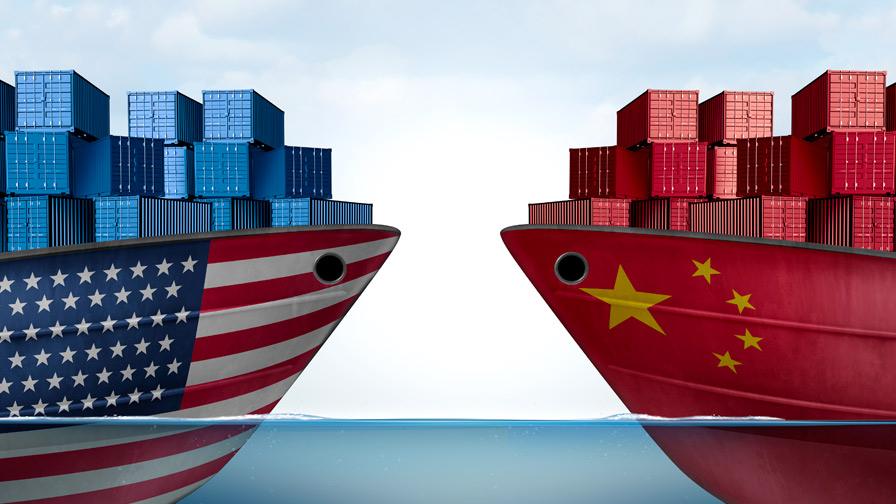All Eyes on Biopesticides
Malcolm Gladwell wrote a celebrated bestselling book in 2000 called The Tipping Point, about how small changes can converge to spread ideas and concepts at extraordinary speed. Had the book been written a decade later, the story of biopesticides would not have seemed out of place.
To biopesticides trailblazers and entrepreneurs like Pam Marrone, founder and CEO of Marrone Bio Innovations, changes in the sector are happening fast – faster than she imagined.
On July 3, Big 6 crop protection maker Bayer CropScience announced it would buy Davis, California-based AgraQuest for $425 million plus milestone payments, making it the biggest biopesticides pact to date.
“I expected there would be some acquisitions by the big companies, but probably in one to two years,” says Marrone, who founded AgraQuest in 1995 and left 11 years later to start MBI. Hearing the news of the merger was bittersweet – she did not gain financially from it – but she passionately expressed her optimism about the future of the role of biopesticides in agriculture. “I think investors are going to get a handsome return from the AgraQuest deal, and that is certainly going to drive a lot more investment in the sector and a lot of innovative companies starting up.”
Bayer CropScience’s Poncho/Votivo hit insecticide/biological seed treatment for corn, cotton and soybeans marked the gateway for biopesticides breaking into mainstream agriculture, she explains. “We’ve been pushing that [fact that synthetics and biologicals are more effective when used together], but somehow that message wasn’t getting through as strongly when it’s a small company,” Marrone says.
“Biopesticides are very good for the organic segment, but the faster, bigger growth area is when they can be combined together and offer better benefits than either alone.”
The brainchild of Israel’s AgroGreen, Poncho/Votivo (active ingredients: clothianidin and Bacillus firmus I-1582) controls root-knot nematodes, which cause about 5% of global crop loss and can cause problems in a wide range of hosts, including corn, soybeans and melons. Bayer scooped up AgroGreen’s biopesticide assets in 2010.
The merger signals a zeroing in on high-value fruits and vegetables, a segment Bayer expects to add $3.72 billion to sales by 2020. CropScience spokesman Utz Klages points out that over the last couple of months it has picked up the watermelon and seed business of Abbott & Cobb, expanded its vegetable research and development center in the Netherlands and launched new products catering to the fruits and vegetables arena including Movento, Alion and Luna.
The pact “enables us to further connect the dots from seed to shelf by offering farmers a holistic package of integrated solutions including seeds, traits, chemical crop protection as well as biological control,” Klages told Farm Chemicals International. “Green products will be a good fit with and complementary to Bayer CropScience´s existing product portfolio.”
Bill Stoneman, director of the Biopesticides Industry Alliance (BPIA), told FCI the merger is “a strong acknowledgement of their potential for utilization with conventional pesticidal products.”
Headway in Row Crops
The global biopesticides market is expected to reach $3.4 billion by 2017, with the US leading the way, followed by Asia-Pacific and Europe growing at CAGRs of 14.2% and 16%, respectively, according to a new report by Global Industry Analysts Inc. Driving the market are environmental concerns and politically influenced regulatory riders imposing restrictions on the use of traditional products, such as endosulfan, azinphosmethyl and methyl bromide.
But the tipping point for biopesticides boils down to the customer, who is demanding more natural and presumably less toxic products. Syngenta’s distribution agreement last year to market MBI’s biofungicide Regalia in Europe is a case in point: “The reason they did the deal is because they said the supermarkets were saying, ‘There are too many residues on the produce. We don’t care what the law is; we’re going beyond that, and you’ve got to reduce your residues.’ The only way to do that was to incorporate biopesticides in the IPM program,” Marrone says.
While price isn’t going away as an issue, progress in biological alternatives for row crops marches on. SipcamAdvan’s Contans biofungicide for white mold control in soybeans is one success story. Similar to the way a herbicide attacks the weed seed bank, Contans attacks the source of the disease, reducing the fungus population. The active ingredient in Contans is fungal spores of Coniothyrium minitans, a parasite that attacks the resting state (sclerotia) of both S. sclerotiorum and S. minor. The fungus C. minitans in Contans attacks sclerotia in the soil before it can infect a susceptible plant.
Regulatory pressure on agrochemicals is growing, and while this generally favors biopesticides, fear of the unknown in countries where they are less common can keep the process in a holding pattern. Registration in a “major” agricultural country is often required first.
In Mexico, a product can fall into one of five categories – any glitches can stop the clock and you must resubmit your answers. “Yes, you have an opportunity to go in with a reduced data set in Mexico, but with that you can enter into a black hole,” cautions Maria Herrero, regulatory affairs director at Valent BioSciences.
In Argentina, you must submit data over a two- to three-year period over several seasons in most cases to prove efficacy. Major export markets such as Mexico, Chile, parts of Africa, Turkey and Spain are also up against tougher residue restrictions and resistance in the European Union.
In the US, the process has slowed of late due to budget cuts and new EPA staff, says Marrone.
“It is significantly less money to register a biopesticide, but when you get into Europe there are multiple regulatory entities involved and they all have their own requirements. It’s a huge barrier to entry,” Rick Melnick, strategic marketing manager at Valent BioSciences, says.
Submission costs for traditional chemicals in the US and the EU hover around $500,000. The flat fee for a biopesticide is about $50,000 in the US, by comparison, while the submission fee for microbials in Canada is just $150.
Brazil’s regulatory framework is cumbersome with three separate ministries requiring approvals, tempering otherwise huge opportunities. The Brazilian government is attempting to accelerate the process to favor greener crop protection products, Herrero says. China and India are also working to reduce chemicals in favor of biologicals.
Tim Damico, vice president of NAFTA at biopesticides giant Certis USA, names Japan as a key growth market where the value of biopesticides is widely recognized. Certis has collaborated with Tokyo-based Kumiai for more than two years, jointly launching bacterial biofungicides based on Bacillus amyloliquefaciens strain D747, which Kumiai scientists discovered. US EPA approved several Ba D747-based products in December 2011.
“Most countries are trying to put in regulations to try and make the registration of lower-risk products easier. I think the opportunity is worldwide – it’s just that the systems are not really there,” Herrero explains. “US EPA is the only one that created a separate division to try and get these registrations through in a timelier manner. With all of the other regulators – even though they are trying to encourage the registration of those products – you fall in with everything else,” she says. “You get in when you get in.”
Resistance Beater
Denise Manker, vice president of global product development at AgraQuest, which sells its flagship Serenade biofungicide and other products in more than 30 countries, says the company has gained traction in its partnership with BASF on rice in Latin America. “We’re looking at a number of different approaches that will help us reduce the total pesticide input by using biological products with synthetic compounds,” she says.
More good news comes down to timing. Biopesticides, with their complex modes of action, are well-suited to staving off resistance, most typically in single-site fungicides. Products based on the Bacillus subtillis strain QST 713, including AgraQuest’s Serenade, provide one more tool in the grower’s toolbox.
“Over time, there has been this demarcation between organic and conventional. That still exists but that line has become more and more blurred. I foresee that as conventional [crop] growers start to adopt more biopesticides into their integrated approach, there will be a merger of two,” Damico says. “It’s a complementary strategy.”






